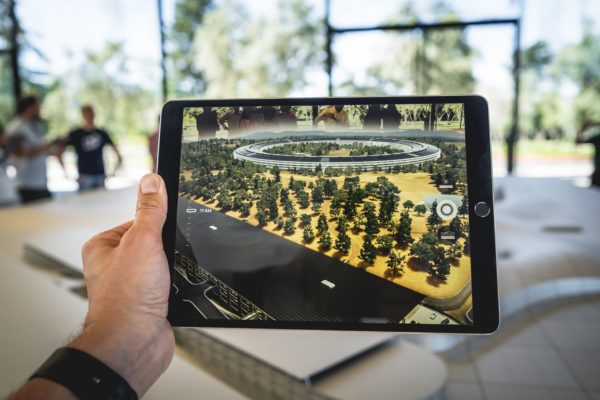Is a Facebook profile or Instagram post the same as a photograph, item of clothing, book or other object left behind when someone dies?
The answer to this question is becoming increasingly important as people’s physical and digital lives merge.
It is a question that Dr Patrick Stokes, Associate Professor of Philosophy in the Faculty of Arts and Education, addressed in his recent submission to the New South Wales Law Reform Commission review of access to digital assets upon death or incapacity.
“Social media has impacted many aspects of our lives in a short space of time. Our social media profiles have become one of the main ways we interact with each other on a day-to-day basis.
“Some relationships are conducted primarily online and our profiles have become an important part of our identity.
“What happens to all of our posts, images and conversations when we die? Should they be deleted or memorialised?” asks Stokes.

“The items people traditionally leave behind when they die are considered a type of property that they can bequeath. Their online presence is different; it is like an extension of their face.
“It makes more sense to think of an online presence as digital remains rather than digital property.
“We don’t inherit a corpse; we have a right of disposal over a body. Something similar should happen to online remains, they are someone’s phenomenal presence in the world and we have to make decisions about what we are going to do with them.
“Governments need to recognise that there are serious legal and cultural implications that we need to agree on as a community in regard to preserving digital remains.”
From a legal perspective, there are questions about who should have the authority to make decisions about a person’s digital remains.
Do they belong to the individual and their family or to the organisation that owns the website and is storing the files?
If the companies are the custodians of people’s digital remains does that mean that they should be legally obliged to maintain them and for how long?

“At present, whether a deceased user’s social media profile is deleted, left unaltered, or placed into a “memorialised” state – where certain functions are no longer available and phrases are added to the user’s name to make it clear they have died – is entirely a function of service provider policy and how bereaved families interact with these,” says Stokes.
Over the years, individuals and their families have sought more control over what happens to their online presence when they die.
This has prompted the need for clear policies or regulations around the preservation of digital remains.
Should there be a default presumption against deletion and what types of restrictions should be placed on their deletion or reuse?
What weight will be given to the wishes of the deceased themselves in this process, and how will this be determined?
“In some ways, it is easier now to keep digital remains because the cost of storage is getting cheaper, but that might not always be the case. It is important to consider that in keeping digital remains we may be signing ourselves up for infinite costs,” says Stokes.
“Technology is also changing our relationship to the dead and our attitudes to death and bereavement.”

Sociologists tell us that cultures around death fall into either ‘transition’, where there is a break between the living and the dead, or ‘continuing bonds’, where the dead are always present.
New technologies may force societies that have embraced social media into a ‘continuing bonds’ culture.
“One of the big challenges is that technology is also offering new ways to blur the boundaries between life and death.
“Chatbots can use machine learning and artificial intelligence to depict a person saying things or performing actions that never occurred in reality,” says Stokes.
“If we replicate the dead like that, is it a way to remember them or is it simply replacing them? And if we are replacing them, are we saying that the people we love can be reduced to the roles they play in our lives?”



